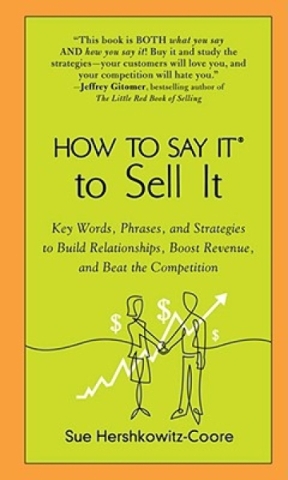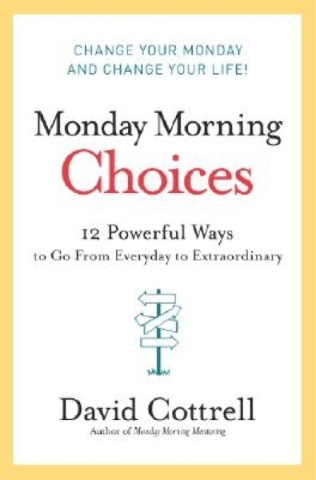

“Monday Morning Choices – 12 Powerful Ways to Go From Everyday to Extraordinary” by David Cottrell (Harper Collins, $21.99)
We are products of the choices we make — and don’t make. The difference between extraordinary and average performance involves the ability to make difficult choices and the right choices. On the highway to success, Cottrell divides our choices into three categories: character, action and investment.
Character choices deal with acceptance of responsibility, commitment, drive, values and integrity. When it comes to your life, are you a driver or a passenger? Drivers are responsible for their journey. They make decisions about route, traffic conditions, speed, etc. Passengers let drivers do the work. They rarely pay attention to where they are; they usually take in the scenery. More than occasionally, they become backseat drivers — making suggestions, but never wanting to take the wheel. Drivers are committed to their journey. For them, even failure means “One step closer to success.”
Action choices start at the end of every journey. Drivers ask: “Where do we go from here?” The knowledge from past journeys helps them plan their next route. They’ll also look for additional information before committing to the route.
Action choices come into play when obstacles mean altering their route. They rarely take shortcuts because they know that cutting corners always has a price. Drivers are enthusiastic about the journey.
The investment choices drivers make have nothing to do with finances. They have everything to do with investing in people — establishing and maintaining relationships. But not just any relationships. Cottrell states: “Eventually we become like the five people we hang around with the most, which could be a blessing or a curse.” Choose wisely, lest you become a passenger.
Drivers want to train other drivers, too. By mentoring, they contribute to the success of others. They realize that you never know when paths may cross down the road to success. They want to ensure that, if paths do cross, they can rely on the input and expertise of those they’ve helped.
Cottrell’s message: You are far too talented to be average. Get out of the passenger seat; get behind the wheel and drive to success.
*****
“How to Say It to Sell It: Key Words, Phrases, and Strategies to Build Relationships, Boost Revenue, and Beat the Competition” by Sue Hershkowitz-Coore (Prentiss Hall Press, $13)
Whether you’re selling products and services to a customer, or pitching an idea to your boss, knowing when to listen, when to talk and what to say are the keys to hearing “Yes.”
The best advice I got when I was in sales was: “You have two ears and one mouth. That means you should listen twice as much as you talk.” With that in mind, the author lists five steps to effective, active listening:
1. “Look for points of agreement.” You have to find common ground and weave them in when the time is right.
2. “If your customer disagrees with you, don’t be quick to prove him wrong.” Ask questions about the real reason behind the objection. Once you know it …
3. “Respond by talking about how much you agree.” Starting with “You’re right” or “Yes, and …” establishes common ground.
4. “If you can’t agree, think about what the prospect wants to know.” Their negative responses may mean that they don’t know what they don’t know. Focus your response on solving their problems.
5. “Determine the next step.” Once you have a prospect thinking you can provide solutions, you need to ask about their next step in the process.
Hershkowitz-Coore puts the five in context with the various prospect personalities you’ll encounter.
Jim Pawlak is a nationally syndicated reviewer of business books.







